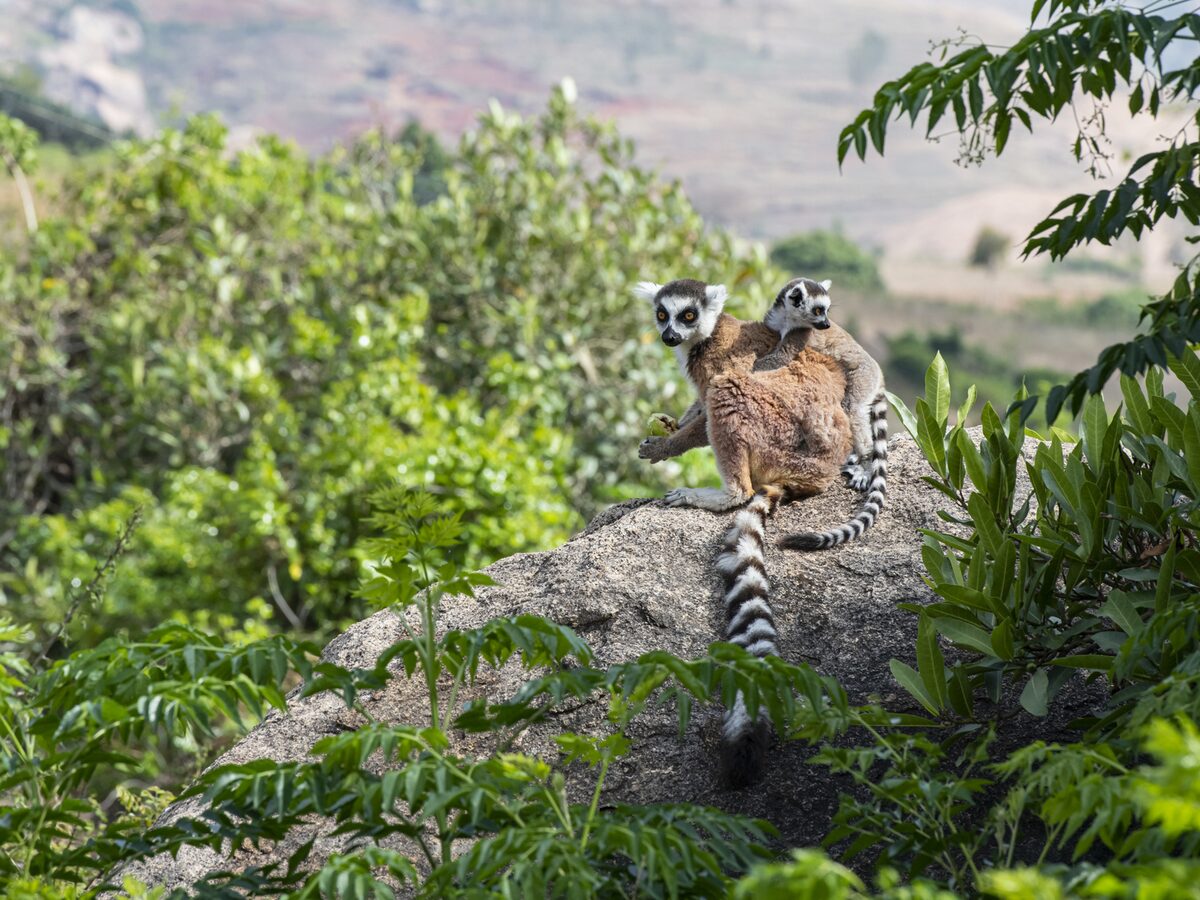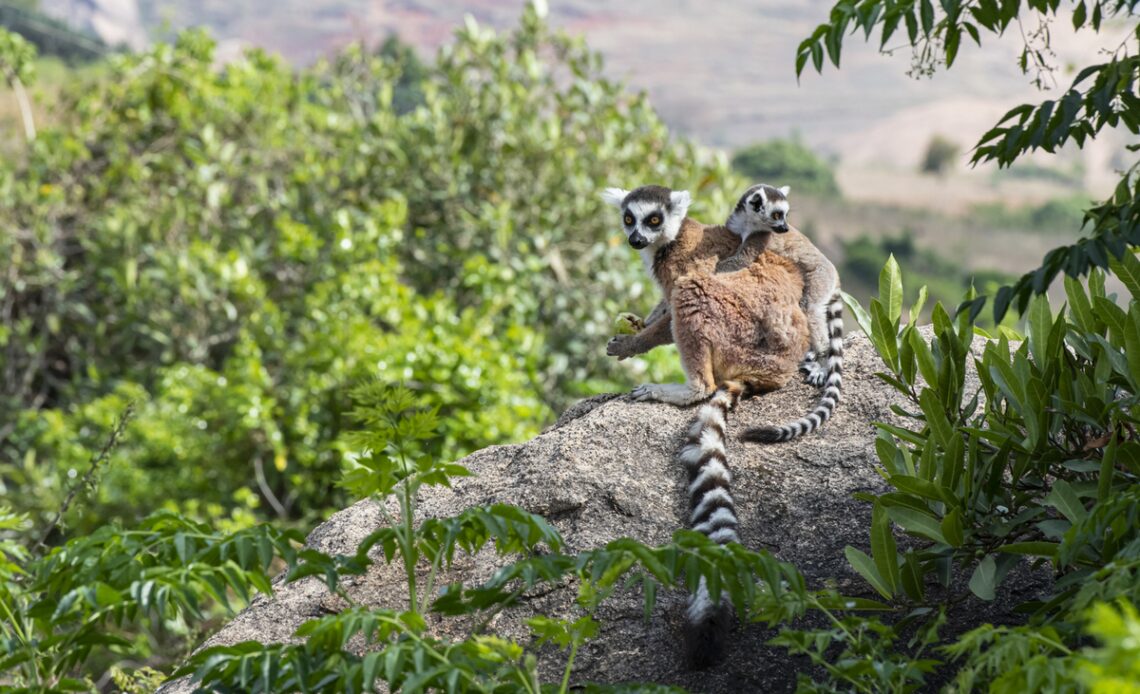
With its musical name, Indian Ocean atmosphere, French connections and faintly bizarre animals and plants, Madagascar is genuinely unique. Even its baobab trees offer a lesson in biodiversity: while mainland Africa makes do with a single species, Madagascar has six.
This remarkable island nation is scattered with precious fragments of tropical forest where frogs chirp, chameleons wobble and helmet vangas flash through the trees. But it’s the lemurs, of course, that shine out: with their foxy faces, bright eyes and fluffy fur, they’re the creatures that everyone wants to see. Happily, Madagascar’s best nature guides have an excellent knack for finding them.
Travel restrictions and entry requirements
Visitors from the UK can obtain 30-day tourist visas for free on arrival at Ivato International Airport, Antananarivo. Since 11 August 2022, arriving travellers have not been required to show proof of their Covid-19 vaccination or test status. There are no Covid-related restrictions in place in Madagascar.
Read more on Africa travel:
Best time to go
Ranomafana National Park hosts some of the island’s lush rainforests
(Getty Images/iStockphoto)
May to November brings the best, driest weather, with temperatures hovering around 20-25C by day and 10-15C by night; perfect for forest walks. To spot baby lemurs and see birds in their brightly coloured breeding plumage, arrive between September and November. For humpback whale-watching around Île Sainte Marie, July and August are best.
If escaping the crowds is your priority, you don’t melt in the sun and you’re focusing on the arid south (or are prepared to contend with serious downpours further north), the hot, quiet months of January to March are worth considering.
Top cities and regions
Parc National d’Andasibe-Mantadia
Imagine a rainforest, and it’s sure to look something like Andasibe-Mantadia: a shady green jungle of ferns, waterfalls and mighty hardwood trees, their branches looped with vines. It takes around three hours to drive here from the capital, Antananarivo, a journey that offers glimpses of the rural poverty that drives Madagascar’s conservation woes. But while many hectares of forest outside the park have been cleared for fields and timber plantations, Andasibe-Mantadia is hanging on. Local guides will lead you along dappled paths in search of sifakas, bamboo lemurs…
Click Here to Read the Full Original Article at The Independent Travel…
